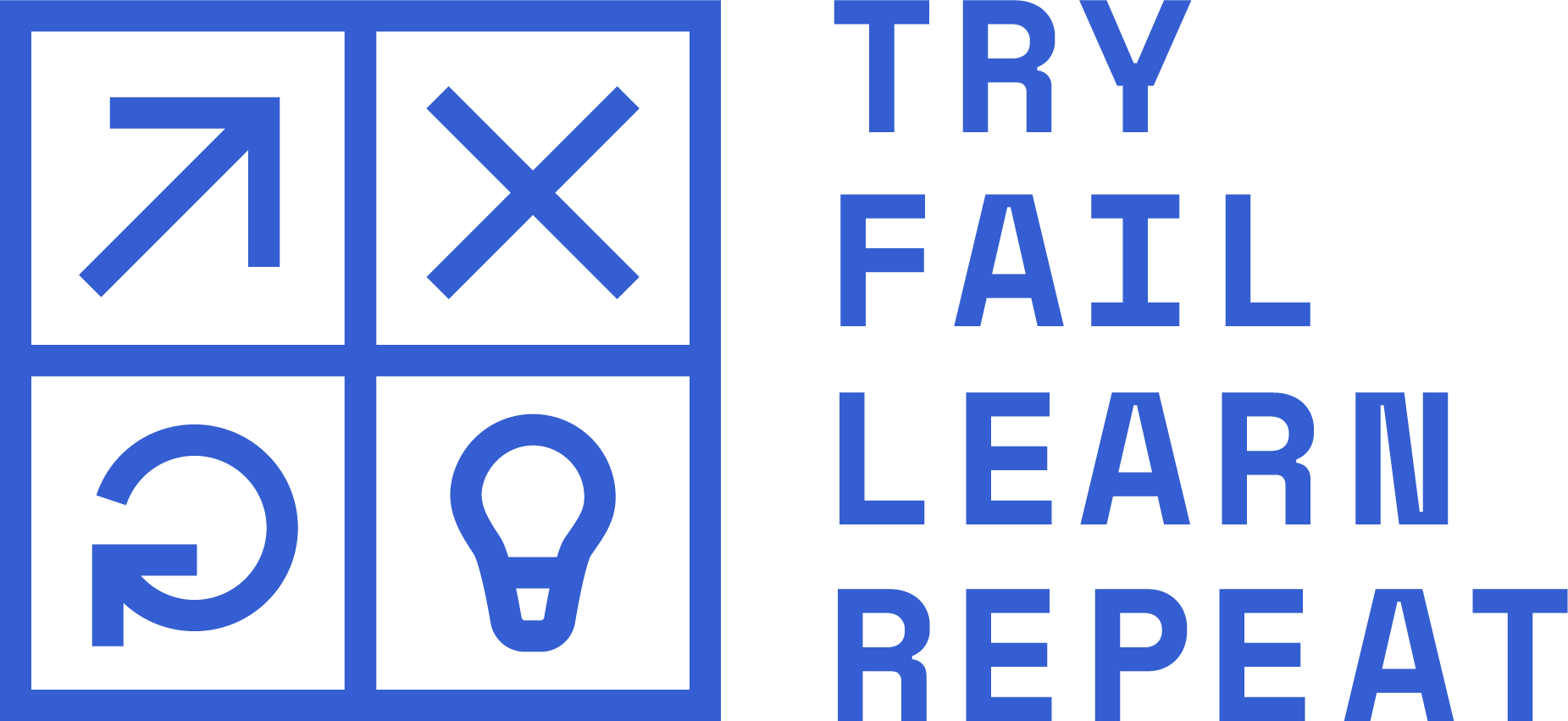Book Review: "Deep Work" - by Cal Newport

The best way to understand Cal Newport’s concept of “Deep Work”, is to what “shallow work” looks like. Shallow work is characterized by checking your email and social media all the time, clicking through news websites, days full of meetings, being responsive to every request. In short: It is not really work. It is being distracted from the work that really matters.
In contrast, Deep Work is defined by long stretches of uninterrupted work. Work on things that require deep concentration to finalize them.
And this is why this book matters to me: As an entrepreneur you feel that you need to be present, visible, reachable and responsive, all the time. Although it is helpful to be like that to some degree, it can be a trap. You are prone to be distracted, you are prone to become swamped with shallow work.
Sooner than you realize it you are not setting directions anymore, but someone else is. Someone or something on social media, your employees, your investors, customers or partners. Everyone has requests and offers to make, your email inbox is barely manageable and your phone is a constantly ringing or buzzing.
All of this is distracting. Without making time for Deep Work, you cannot possibly set the right direction and do the right thing at the right time.
Cal Newport’s book assured me of something I felt deep inside: Focussed work is not only more relevant than ever. It is also invisible. Deep Work has no visible output, at least not immediately. And this is why I think it is relevant to knowledge workers of our age: Everyone thinks you need to be visibly productive, in front of your boss, your peers, the public. However in reality, you need to be invisible in order to be productive.
What I Have Learned from Reading Deep Work
Be aware of what is wildly important and be aware of your actions
The first lesson to be learned from “Deep Work” is that we are often unaware of the shallowness. We execute task after task, without taking the time to think about importance.
Cal Newport’s states that people are happier when they choose what to focus on: “If people are stripped of the choosing part (the planning part), or just execute without thinking, no activity will be as enjoyable as if you would have spent at least five or ten minutes of deep thinking if that’s the right thing to do right now.”
In our fast revolving world you fill up your todo-list, and you multitask to achieve everything at once. The few breaks you have in between you spend with harmless looking activities. Such as taking a quick look at your email inbox, checking your twitter account or your favorite news website. Since you actually set out to do something else, these supposedly harmless activities put you at risk of procrastination.
Deep Work is different. It requires you to plan ahead how you want to use your time. Deep Work requires you to be aware of the wildly important. as Cal Newport writes, “The wildly important thing crowds out everything else, all the unimportant, shallow activities.”
While doing a Deep Work session, you have to work. Nothing else. No distraction, no change in plans, just execution of what you set out to do.
My takeaway here is that you will only find meaning in your work when you take the time to think of what is right, be aware of your actions all the time, and just do one thing at a time.
Make time for Deep Work
To everyone familiar with personal time management methods such as timeboxing or Pomodoro Technique, Cal Newport’s suggestion to divide your day in time blocks is not a new concept.
However what I got from “Deep Work” is an idea how to structure “Deep Work blocks”. First of all, Cal Newport suggests these blocks should be at least 1,5 hours in length, with enough time buffer to the next and the previous block. In addition, these blocks should be “no-internet blocks”. Meaning that no email, no news websites, no social media is allowed. I do not follow this advice to full extend. However although I stay online, I close all the email tabs, switch off reminders, set my phone on mute etc.
In contrast, “task blocks” are used to batch in similar, generic and more shallow tasks. Within these blocks you allow yourself to be disrupted.
Also, Cal Newport gives some good advice on what to do when you are behind your schedule: Just take the time to re-schedule. As a beginner you always plan for the best case scenario, which inevitably turns out to be wishful thinking.
Before reading the book, I often felt overwhelmed by the experience that a lot of my timeboxing exercises failed. After reading the book, I accepted the fact that rescheduling is normal. It’s even more. To quote Cal Newport, “Re-scheduling should not be seen as a constraint, but as thoughtfulness”, meaning to me that rescheduling should be seen as a positive activity. It is good to take your time to reassess your plan and to reassess your priority. Eventually, you get better when planning your next day.
The takeaway message here is to plan ahead and structure your day in advance and to take your time for thoughtful revision when your schedule gets disrupted.
Be unavailable in order to make time for Deep Work
In several chapters, the book gives advice on how you can minimize distractions and make time for Deep Work. Cal Newport’s most straightforward advice is to be hard to reach. Ways to achieve this are for example not being in your office or setting email vacation responders telling others that you are not available.
When you are in the office, the above mentioned timeboxing method makes it easier to say „no“ to spontaneous requests. You cannot that easily agree to a meeting, a call or something else when you have already other work planned. This is something I realized myself as soon as I started with timeboxing. No matter how successful I am with sticking to the schedule, it is beneficially difficult to fit in unplanned activities.
Also, you should avoid to set up regular meetings. As Cal Newport writes, “They’re easier, but steal away the discomfort of planning.” As a consequence of reading this, I reviewed a lot of the regular meetings I had scheduled in the past. For the vast majority, I stopped scheduling them for the future. Those left were either meetings that really happen regularly (e.g. our weekly management team meeting) or meetings that should happen at least every month. In the latter case, I made it clear to the participants that the calendar events should be seen as reminders. They can be moved on short notice, according to when it fits best to everyone. Also, they can be removed in case everyone feels the meeting is not urgent.
Say “No” more frequently in order to defend the time you have made for Deep Work
As Cal Newport states, “The most dangerous word for productivity is „Yes“”. People who say “Yes” to all the inbound requests are prone to find their schedules disrupted. They end up doing shallow work instead of Deep Work. They also face constant unhappiness because of the multitude of loose strings they create in their lives.
Besides giving advice on how to be hard to reach in the first place, “Deep Work” gives advice on how to say “no” more frequently when you are available. The book gives examples ranging from how to turn down requests for coffee meetings to rejecting speaking opportunities.
However what I believe is even more important than having templates for saying “No”, is to develop a “No”-mindset. A “No”-mindset acts as a tight meshed filter for external requests. Related to that I particularly love one quote in the book. It is the quote by Nobel Prize winner physicist Richard Feynman, revealing his strategy on how to turn down requests: “I invented another myth for myself: that I’m irresponsible. I’m actively irresponsible. If anyone asks me to be on a committee for admissions I say “no,” I tell them “I’m irresponsible.” ”
Many books on productivity emphasize the importance of fast, resolute „No“s. The topic is covered in most detail in Greg McKeown’s book “Essentialism: The Disciplined Pursuit of Less” (advertisement, review follows).
Developing a “No”-mindset doesn’t mean that you should give up being open minded. On the contrary, because you are prone to say “No”, you need to evaluate more options and be more careful at evaluating them. You need to make sure you make the right choices!
Choose the right philosophy to make Deep Work fit your lifestyle
Cal Newport describes four different philosophies for fitting Deep Work sessions into your lifestyle:
- Monastic philosophy. This is a very secluded way of doing Deep Work. Basically, you lock yourself away from the outside world. I imagine this might be possible for some researchers or monks. But it is definitely not the philosophy suited for someone living the “normal” business lifestyle.
- Bi-modal philosophy. Applying this philosophy would mean that you change between long periods (a full day at minimum) of Deep Work and work with the risk of being interrupted. The best example here are professors who change between teaching semesters and semester where they focus on their research only.
- Rhythmic philosophy. This means you do Deep Work every day at a certain time. I believe this is the philosophy that suits most of us, but also requires a certain discipline.
- Journalistic philosophy. Applying this philosophy means doing Deep Work in between, whenever you can. It requires a lot of experience, since you need to be able to switch quickly, without any planning in advance
Personally I developed a mix of rhythmic philosophy and bi-modal philosophy. I get up really early every day and do Deep Work sessions from 4:30 to 6 a.m. Additionally I schedule Deep Work sessions one or two weeks in advance, outside of our office. I try to overlay them with train rides or flights. It just helps when internet connection is weak or not available at all and when I cannot be reached.
Make space for Deep Work
The book starts out with the story of famous psychiatrist Carl Jung and his Bollingen Tower. Carl Jung build the tower as a retreat for focussed, Deep Work. Although he had a practice in Zurich and many patients in relying on him, he often took a lot of time to work in this distraction-free environment.
Cal Newport states that nowadays, in an open-space office business culture, the need for personal retreats is larger than ever. And I fully agree. We also have a open-space office at my company, and I love the benefits in terms of communication, openness and transparency. At the same time, it can also be enormously distracting.
My takeaway from the book was to schedule Deep Work sessions outside of the office. I’m actually maintaining a list of places in Berlin I tried out for Deep Work: libraries, universities and Cafés. However, I am still looking for a place that expresses the same “grand gesture”as Bollingen tower does. According to Cal Newport, this “grand gesture” of a place helps you to work deeper, because it symbolizes significance.
Employ nature for Deep Work sessions and for restoring your ability to concentrate
Cal Newport also mentions the Attention Restoration Theory (ART), saying that spending time in nature improves your ability to concentrate. Actually, 50 min of walking in nature are said to boost concentration. Walking in nature distracts your mind in a natural way so that afterwards, your ability to focus is restored.
In another chapter Cal Newport writes about what he calls “productive meditation”: You can actually schedule Deep Work sessions while taking a walk, while jogging or hiking. All it takes is to prepare a specific problem you want to solve and think about it while being outside.
I have successfully tried this approach in the afternoon, after I had a busy morning full of shallow work. In general, my best period for doing Deep Work is the first half of the day. However, sometimes external obligations require me to do shallow work in the morning. I figured out that taking a walk after lunch is not only restoring my focus. You can actually turn it into a very effective Deep Work session. For example I find it very effective for preparing talks and text content, as well as for strategizing.
In addition to teaching the importance and the methodology of Deep Work, Cal Newport empowers you to not to be concerned with what others might think about you and your Deep Work practice. Whether you block your entire day, retreat to a space of grand gesture, or take a long walk: As long as you embrace doing Deep Work, time will tell everyone else that you are more productive than ever.
When you’re done, be done.
Something else Cal Newport reminded me of: „The idea that you can ever reach a point where all your obligations are handled is a fantasy.“
I am a firm believer that you need to work hard to achieve your goals. What I am forgetting sometimes is that you have to take your time to recover to keep up the good work.
You need to be aware that the hours you can spent immersed into Deep Work are limited. Cal Newport writes that one hour of intense concentration per day is the limit for a novice. Four hours are the limit for an expert. In addition, you only have a final amount of discipline. Your willpower for doing work diminishes over the course of the day.
My takeaway here is that instead of stretching your discipline to push out some piece of work, you should better use it to consciously recharge your batteries.
As Cal Newport writes: „When you work, work hard. When you’re done, be done“. He recommends to stop working at a certain time (5:30 pm in his case). After that, you should not even allow small interruptions. You should not look at emails or do a couple of minutes of work in the evening. All these activities disrupt a stretch of needed downtime, no matter how short.
In order to maintain this boundary you set yourself, he gives the advice to develop a “shut down protocol”. It can include doing a last email check, cleaning up your desk and similar activities. I am still in the process of developing (and maintaining) such a shutdown protocol. Once I have established one, I will surly write about it.
Monitor what you have done in your Deep Work sessions
Since Deep Work has no immediately visible result, you should track your progress. In order to accomplish one project, you probably need many, many Deep Work sessions. For example, I need at least three sessions of 1.5 hours each to draft a single blog article. And this does not include editing, translation and publishing. You simply cannot expect relevant breakthroughs in each of your Deep Work sessions. At the same time, you do not want to feel like you have done nothing. Cal Newport recommends to track at least the time you spent doing Deep Work. Later, you can add more metrics, for example how many words you wrote. This really helps to feel achievement while at the same time there might be not be a designated output of each session.
Needless to say that tracking the time you need for a certain activity also makes expectations plannable. By following Cal Newport’s advice, I now know how much time I need to complete a blog article. This makes it easier for me to plan ahead. However I would like to emphasize that you need to complete a lot of Deep Work sessions in order to make slightly reliable predictions.
And this is why to me, the primary reason for monitoring what you do is to make your progress tangible. Remember: Deep Work is always competing with shallow work. In your shallow work sessions, every Tweet and every email sent feels like a small accomplishment. As discussed, most of these achievements of shallow work do not mean real progress. However they feel like it. And this is why feeling the progress of your Deep Work is so important. It helps you to not succumb to the temptation of the quick, but meaningless achievements you get from shallow work.




